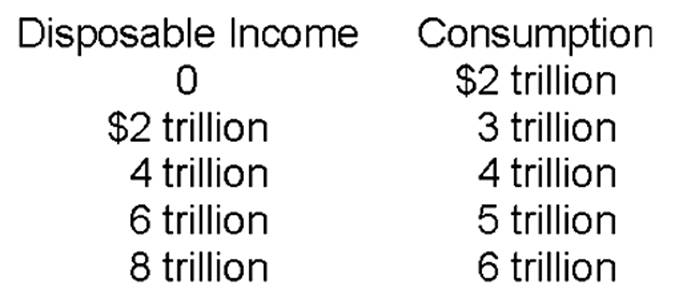In the United States, the working-age population refers to the:
A. civilian, noninstitutional population aged 16 and over.
B. population of those aged 16 and over.
C. civilian, noninstitutional population of those between age 16 and age 64.
D. noninstitutional population of those between ages 16 and 64.
A. civilian, noninstitutional population aged 16 and over.
You might also like to view...
As global financial markets become more intertwined, the Fed has
A) less control over monetary policy. B) more control over monetary policy. C) more control over fiscal policy. D) less control over fiscal policy.
When the U.S. dollar depreciates against other currencies:
a. foreign goods become less expensive to U.S. buyers. b. U.S. goods become more expensive to foreign buyers. c. foreign currencies depreciate against the U.S. dollar. d. the volume of U.S. imports decline. e. the volume of U.S. exports decline.
In a one-person Robinson Crusoe economy, labor specialization
a. can shift the production possibilities curve to the right b. is already present because Crusoe produces everything himself c. can decrease production of all types of goods d. cannot increase production e. is impossible
How much is saving when disposable income is $6 trillion?
